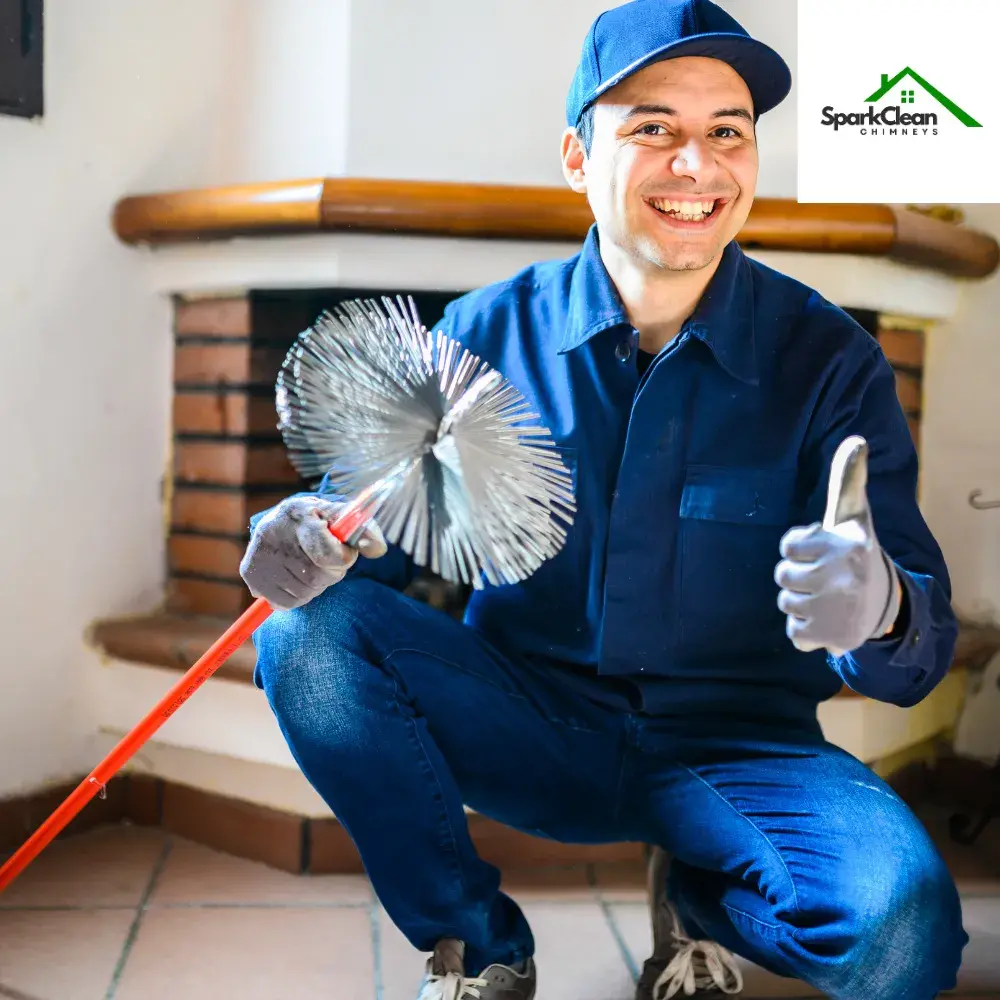Assessing the Structural Condition
A critical part of any chimney inspection report is the evaluation of structural components. Inspectors carefully examine the chimney’s exterior, looking for cracks, leaning, or signs of water damage. They also assess the chimney crown and flashing, which act as barriers against moisture. Damage to these elements can lead to serious issues such as leaks, weakened masonry, or even chimney collapse. Understanding these findings helps homeowners prioritize necessary repairs and prevent further deterioration.
Flue and Liner Integrity
Your chimney’s flue and liner are vital for safe operation, channeling smoke and harmful gases away from your home. An inspection report provides detailed information on the condition of these components. Cracks, gaps, or corrosion in the liner can compromise its effectiveness, increasing the risk of fire or carbon monoxide exposure. Inspectors may also note any blockages or obstructions that could impede proper airflow, ensuring you address these issues promptly.
Creosote Accumulation and Fire Risk
Creosote buildup is a common finding in chimney inspection reports, especially in systems that burn wood. This highly flammable substance can accumulate in different stages, from fine soot to thick, tar-like deposits. The report will specify the level of creosote present, helping homeowners understand the urgency of cleaning or maintenance. Regular inspections and timely cleanings are crucial for minimizing fire hazards and ensuring your chimney operates safely.
Ventilation and Draft Performance
Proper ventilation is essential for efficient fireplace use and maintaining indoor air quality. Inspection reports often include an analysis of draft performance, identifying issues such as poor airflow, smoke backdrafts, or blockages like animal nests or debris. These findings are especially important for preventing smoke-related health problems and optimizing the performance of your chimney. Addressing ventilation concerns ensures a safer and more comfortable home environment.
By understanding the findings in your chimney inspection report, you can take proactive measures to maintain a safe and efficient fireplace. These reports provide valuable insights into structural integrity, flue condition, creosote levels, and ventilation performance. Regular inspections and timely maintenance not only enhance the longevity of your chimney but also ensure the safety and comfort of your household.
Learn More
The Importance of Accurate Documentation in Chimney Inspections
https://sparkcleanchimneys.com/chimney-inspection/key-elements-every-chimney-inspection-report-should-include/

